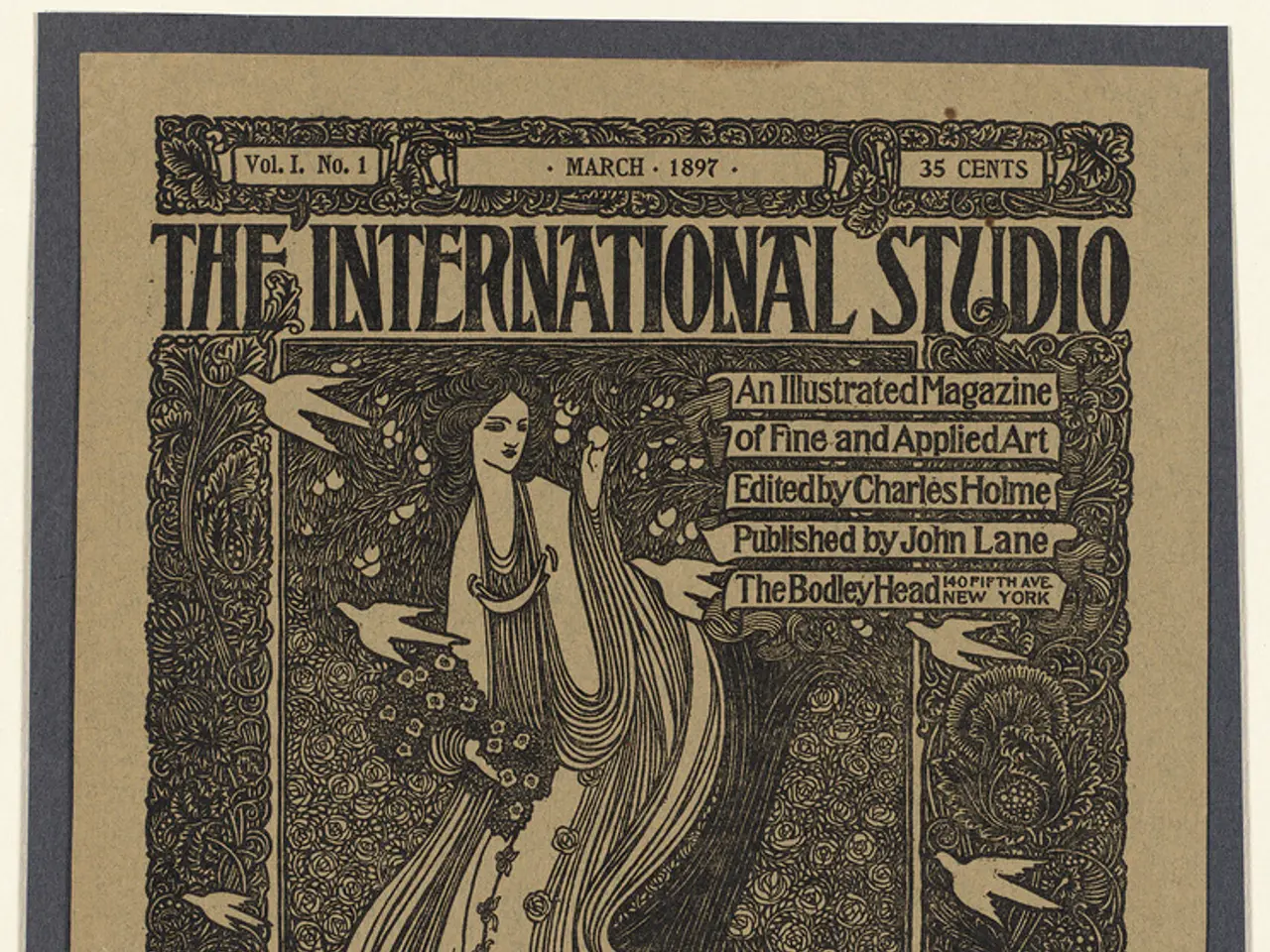Digitizing Banking Through Financial Wellness Tools Boosts User Adoption Rates
In the ever-evolving world of financial technology, the trend towards consolidating banking, payment, and financial management services into a single mobile app, known as fintech super apps, is gaining momentum. These super apps, emphasizing modularity, security, personalization, and interoperability with third-party services, are designed to enhance everyday financial health and user engagement [2][4].
However, a recent survey conducted by Chase reveals that consumer behavior does not fully reflect a preference for these all-in-one solutions [1]. Despite the growing popularity of fintech super apps, several factors have contributed to a more cautious and diversified approach among consumers.
Firstly, consumers today do not rely on a single financial provider but maintain multiple accounts to meet different needs or access the best terms [3]. This strategy allows them to capitalize on various offers and services, ensuring they get the most value from their financial relationships.
Secondly, consumers expect data-driven, personalized digital experiences comparable to tech giants like Apple or Amazon. Many financial apps still underdeliver in relevance and personalization, causing users to abandon apps with poor experiences [3].
Thirdly, convenience and simplicity are prized over loyalty incentives. Consumers tend to use their primary account because it is easiest, not necessarily because of consolidation preference [3].
Fourthly, concerns around security, privacy, and data sharing can deter some users from fully adopting a single super app [2][4]. As more financial services are consolidated into one app, these concerns become more pronounced.
Lastly, local regulations, such as those enforcing KYC/AML compliance and digital payment security, influence how super apps can operate and gain trust in different markets [1][2].
Despite these challenges, there are encouraging signs of consumer interest in fintech innovation. For instance, credit score monitoring has seen a notable increase in adoption, rising to 52% [1]. Moreover, millennials, known for their affinity for advanced technologies, show a higher adoption of digital banking features compared to other generations [1].
Interestingly, millennials also use P2P payment methods more than other generations, with 75% of respondents using them, a 21% increase from 2020 [1]. This trend suggests a preference for digital, instant, and convenient payment solutions among the younger generation.
In conclusion, while fintech innovation moves towards all-in-one super apps offering seamless integration and enhanced financial engagement, consumer behavior remains cautious and diversified due to experience gaps, preference for best-fit solutions, and trust/security considerations. This creates a lag between technological possibility and consumer adoption of consolidated financial apps.
References:
[1] Fintech News, "Hybrid Platforms: Bridging the Gap Between CeFi and DeFi," [Accessed 2022-03-29].
[2] TechCrunch, "The Rise of Fintech Super Apps," [Accessed 2022-03-29].
[3] Business Insider, "Why Consumers Aren't Embracing Fintech Super Apps," [Accessed 2022-03-29].
[4] Forbes, "The Future of Fintech: Super Apps and Beyond," [Accessed 2022-03-29].
Fintech super apps, with their focus on personalization, are expected to meet consumer preferences that resemble tech giants like Apple or Amazon in the realm of digital experiences [3]. However, the transition towards consolidated financial apps might be more gradual as consumers demonstrate a cautious approach due to factors like the need for best-fit solutions, concerns over security, and preferences for simplicity [1][2][3]. This implies a shift in the business of personal-finance, with technology playing a crucial role in catering to diverse consumer behaviors [1][3].




